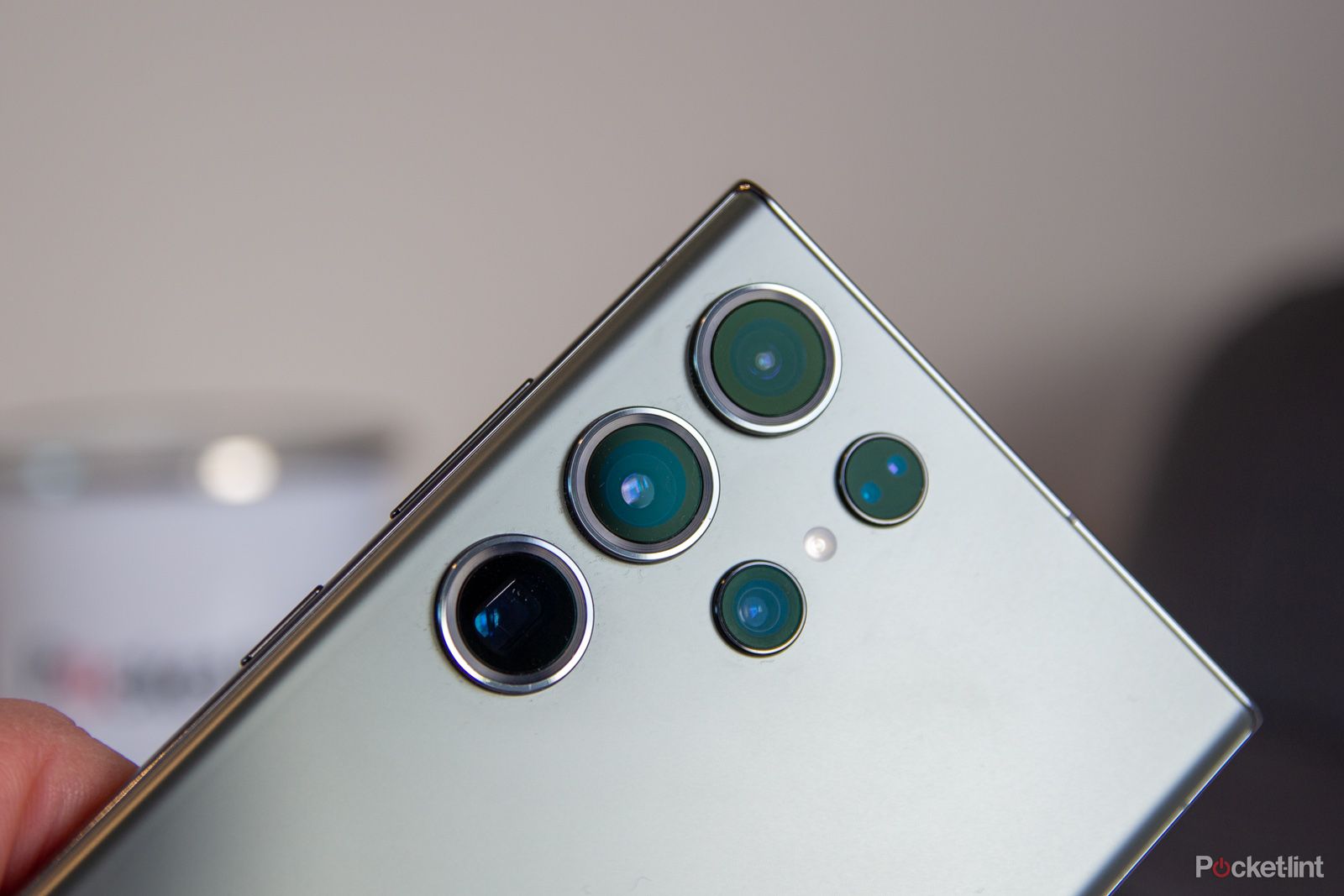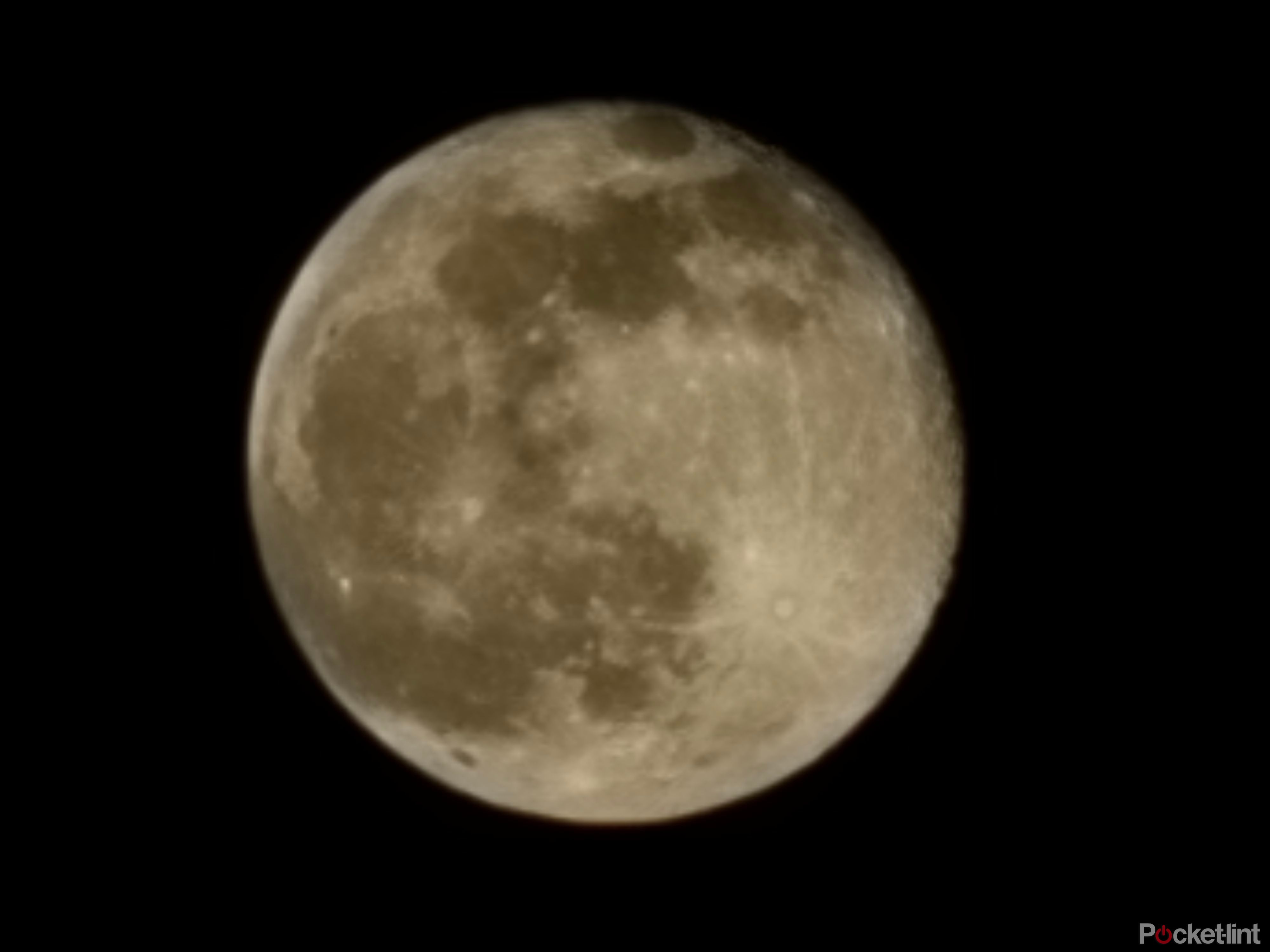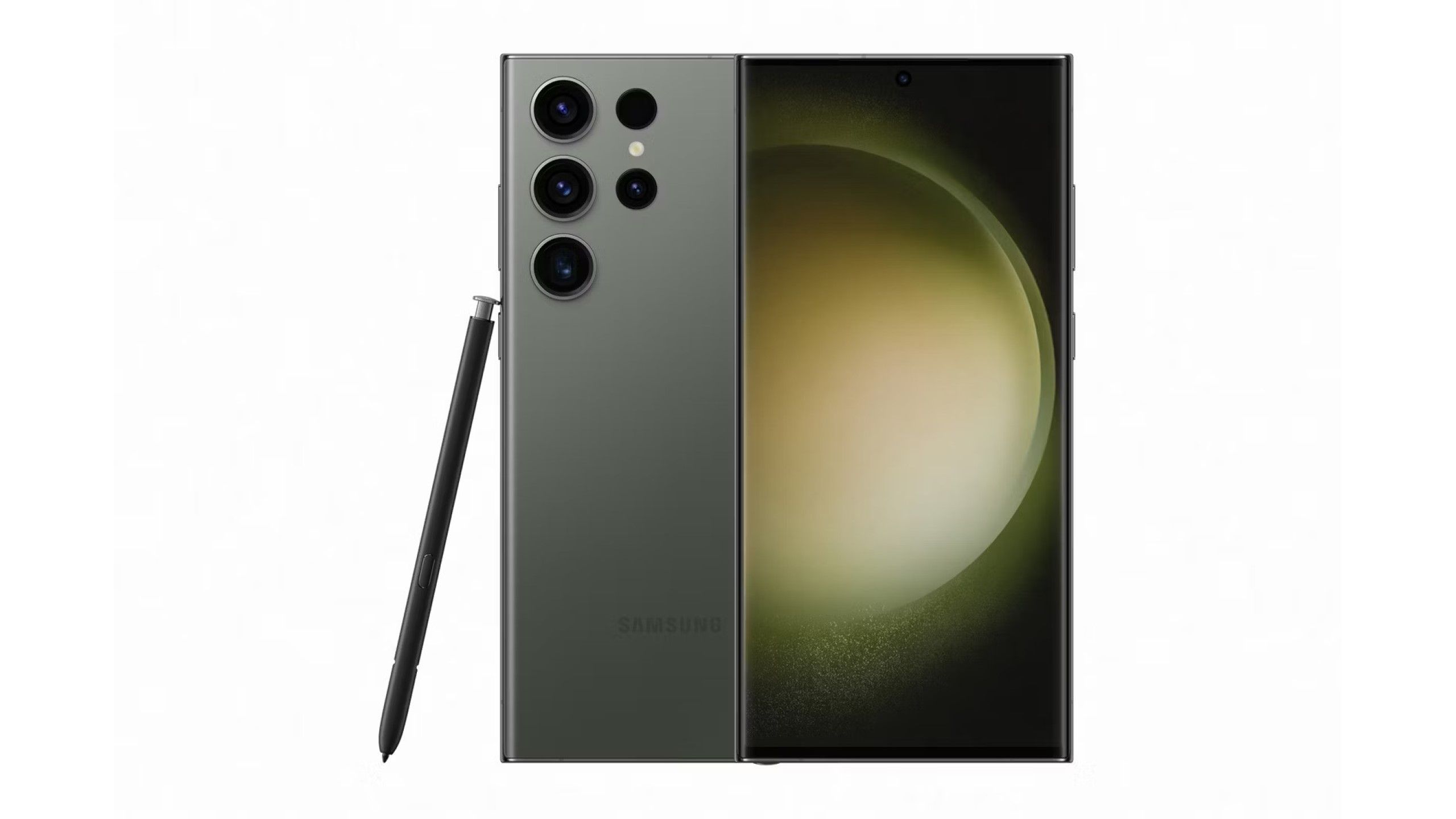The Google Pixel 7 Pro is widely regarded as one of the best choices if you want simplicity and consistency from smartphone photography. Generally speaking, whatever the situation, you'll get good results from the Pixel, making it a favoured choice among smartphone fans for camera comparisons.
Google has long leveraged computational photography - artificial intelligence and machine learning - to boost the camera's skills beyond the core hardware. This is exemplified by Google's ability to apply some of these computational skills to all your pictures in Google Photos, not just those taken by the latest smartphone.
This is in direct contrast to many manufacturers, who tout hardware changes as the source of increased quality - which is exactly how Samsung positioned the new 200-megapixel sensor on the Galaxy S23 Ultra.
We took these cameras out to shoot a selection of photos side-by-side to see how they compare in the real world.
A quick rundown of the specs
Before we get started on the photos themselves, let's just look at the core hardware specs involved.
|
Google Pixel 7 Pro |
Samsung Galaxy S23 Ultra |
|
|
Main |
50MP, 1.2μm, f/1.85, OIS |
200MP, 0.6μm, f/1.7, OIS |
|
Ultrawide |
12MP, 1.25μm, f/2.2 |
12MP, 1.4μm, f/2.2 |
|
Telephoto |
48MP, 0.7μm, f/3.5, OIS, 5x optical, 30X Super Res Zoom |
10MP, 1.12μm, f/2.4, OIS, 3x optical / 10MP, 1.12μm, f/4.9, OIS, 10x optical, 100X Space Zoom |
|
Front |
10.8MP, 1.22μm, f/2.2, FF |
12MP, 1.12μm, f/2.2, AF |
Both the Pixel 7 Pro and the Galaxy S23 Ultra have new main sensors for this generation of phone. For the Pixel 7 Pro there's a move to a 50-megapixel sensor from a 12-megapixel sensor used previously. For the Galaxy S23 Ultra there's a 200-megapixel sensor rather than the 108-megapixel sensor from the S22 Ultra.
For the ultrawide there's not a huge difference on the specs, while on the zoom cameras there's a different approach: Samsung offers two lenses, one offering 3x and one offering 10x, while the Pixel has a single telephoto at 5x. Google here uses a 48-megapixel sensor.
As for the front cameras, Samsung has moved down from 40-megapixels on the S22 Ultra to 12-megapixels, while Google sits on a 10-megapixel camera.
Both are loaded with features and modes and we're going to look at performance across some of the areas, looking at some of the differences that come apparent across things like zoom, night shooting and selfies.
The main camera: Samsung saturation
Samsung's big play with the Galaxy S23 Ultra is resolution. That's the biggest change in this phone from the predecessor, pushing that 200-megapixel sensor as offering a whole range of improvements. There's the ability to shoot at 200MP, which means you have huge potential to crop into more detail from that original image, if you want to.
Samsung also offers a pro mode, and the Expert RAW mode, allowing complete control over the camera - if you want it - as well as the ability to shoot up to 50MP RAW images, allowing for greater post-capture tweaking.
This is a fundamentally different approach to Google, which chooses a point-and-shoot approach instead: there's no pro mode, there are fewer settings and options, there's no pro mode. Google's argument is that you don't want settings, you want results, and that's something we favour. Many will likely ignore Samsung's additional options, but, like Sony's Xperia phones, they seem to be pitched at a minority who might occasionally use them.
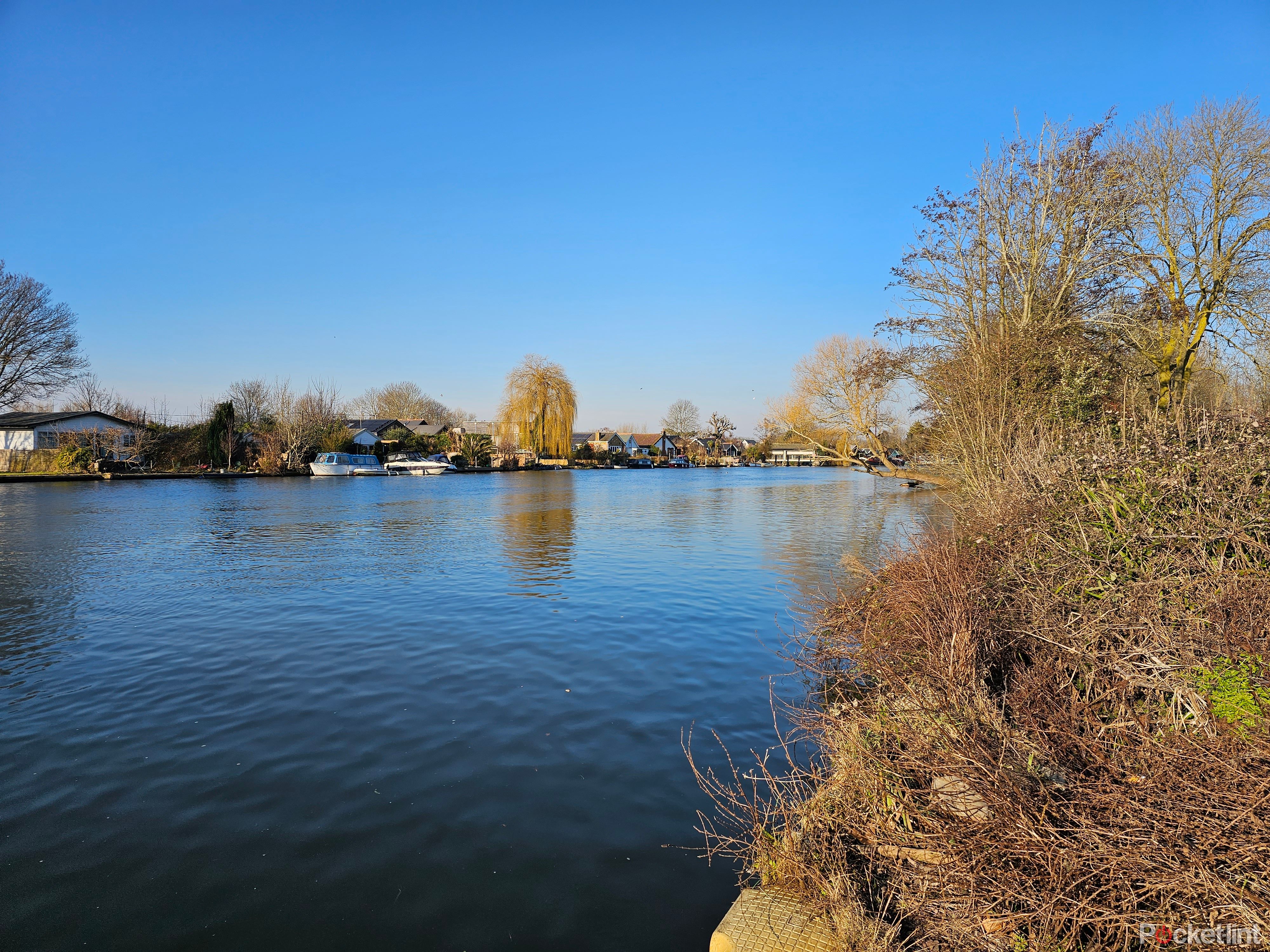
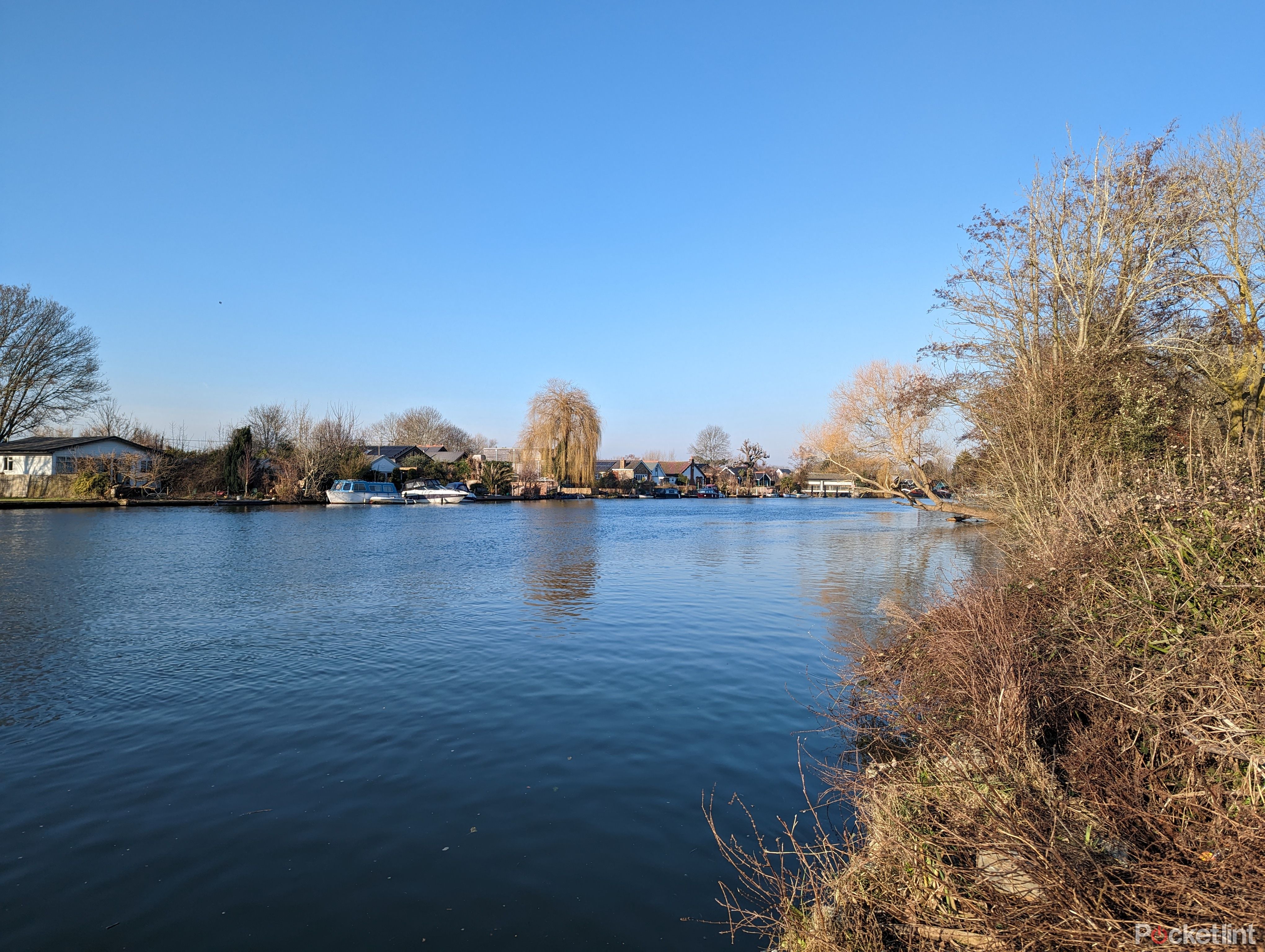
In daylight, there isn't a huge difference between the results in reality. Both output 12-megapixel images, but Samsung's photos are a little more saturated. The blues are slightly bluer and the greens are slightly greener, something Samsung has long done. (Click on the images above for a larger view, Samsung is on the left, Google on the right.)
The results look great, but the Pixel is closer to the reality on the day. We'd have no hesitation sharing either, but Samsung is perhaps aesthetically slightly better, while Pixel is slightly more realistic. Remember that aside from how the original picture looks, how your display shows it is also a factor here.
When looking over a landscape, there's little difference, but as you get closer to images, you might spot a greater difference. In these photos of an iris growing wild, Samsung's photo is again more saturated, but the areas around the photo show more pronounced noise and artefacts, which the Pixel escapes. This looks like a result of oversharpening. (Samsung is on the left, Google on the right.)

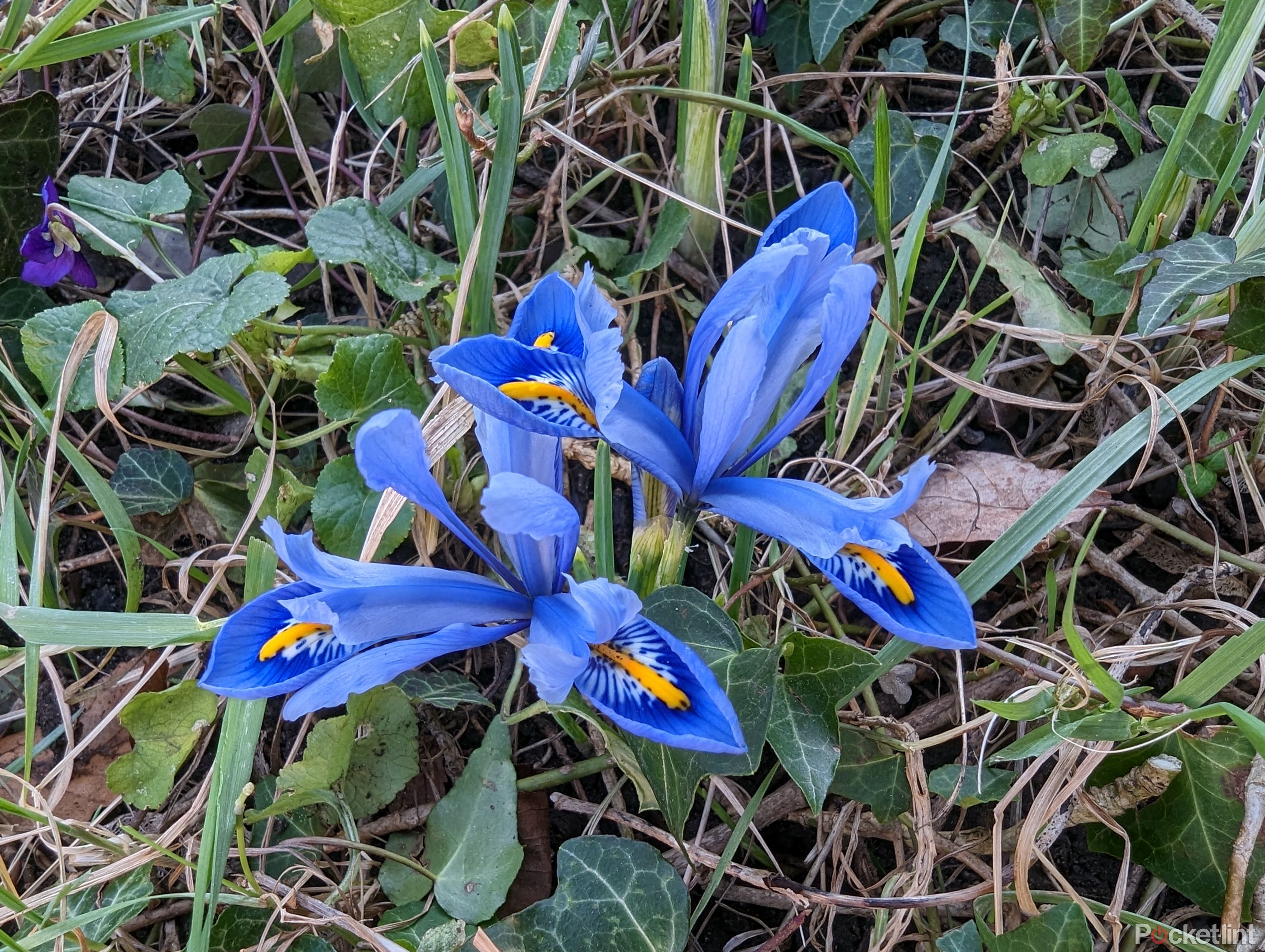
This is common across many images we've taken on these phones in good light, Samsung's saturation and Pixel's more muted, but realistic performance.
Whether access to 200MP resolution is useful will come down to personal circumstances: on Samsung's phone, photos shot at 200MP don't look significantly different to those produced at 12MP, but the former offer significant levels of post-shooting zoom you can crop into - but whether there's value in that when you have two great zoom lenses on the rear is a different question - and one we'll explore below.
Low light: Pixel dominates
So while in good light we'd struggle to pick one phone over the other, when it comes to low light, there's a lot more going on. Here we're delving into night photography rather than dull days. Samsung pushed the "nightography" angle with the launch of the Galaxy S23 series and here we get to see those images alongside Google's.
The Google Pixel is generally held up as the forefather of night photography, and while some may complain about turning night into day, Google's computational photography approach has really caught the attention of users.
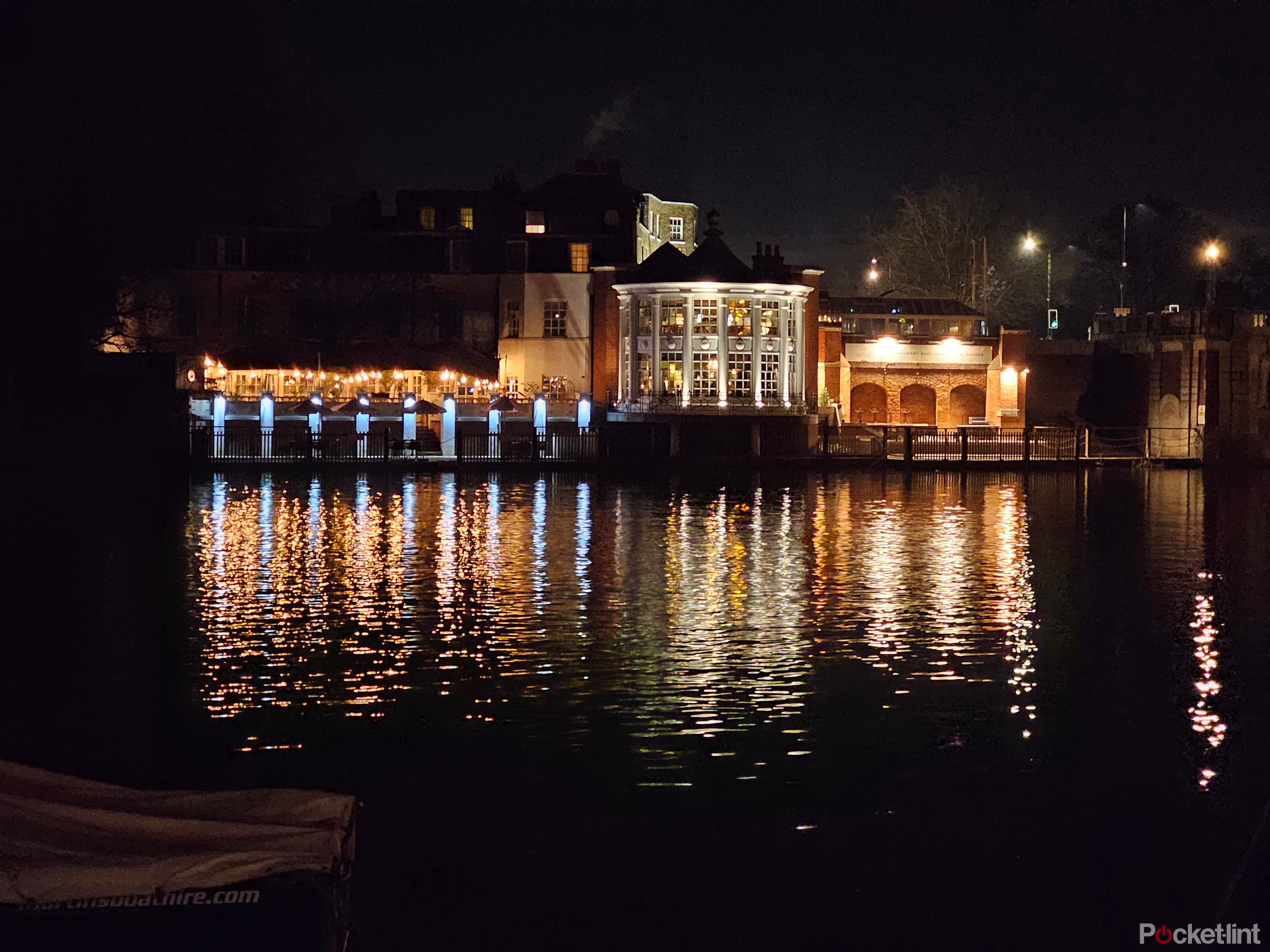
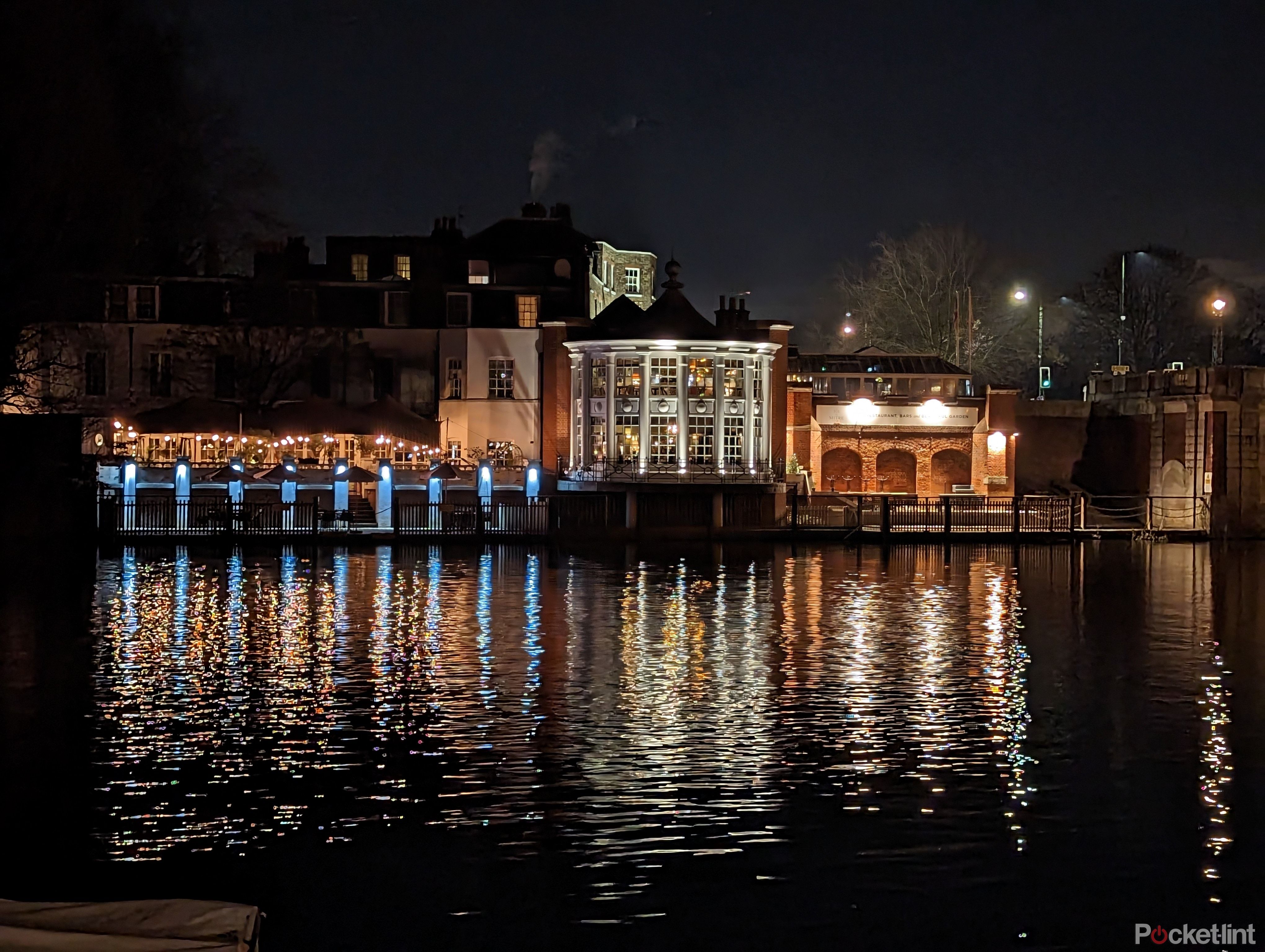
In this shot across the river (Samsung on the left, Google on the right), the hotel on the other side looks great in both photos, nicely reflected in the water. But in the Samsung photo there's a lot more noise. In the Pixel image you can read some of the text on the sign and the sky is clearer. Samsung's is again more saturated.
Then same is true of this second image too, looking down the river past Hampton Court. The skies are dramatically different on the Pixel, sharper, clearer, while the Samsung image looks mottled. (Samsung is on the left, Google is on the right.)
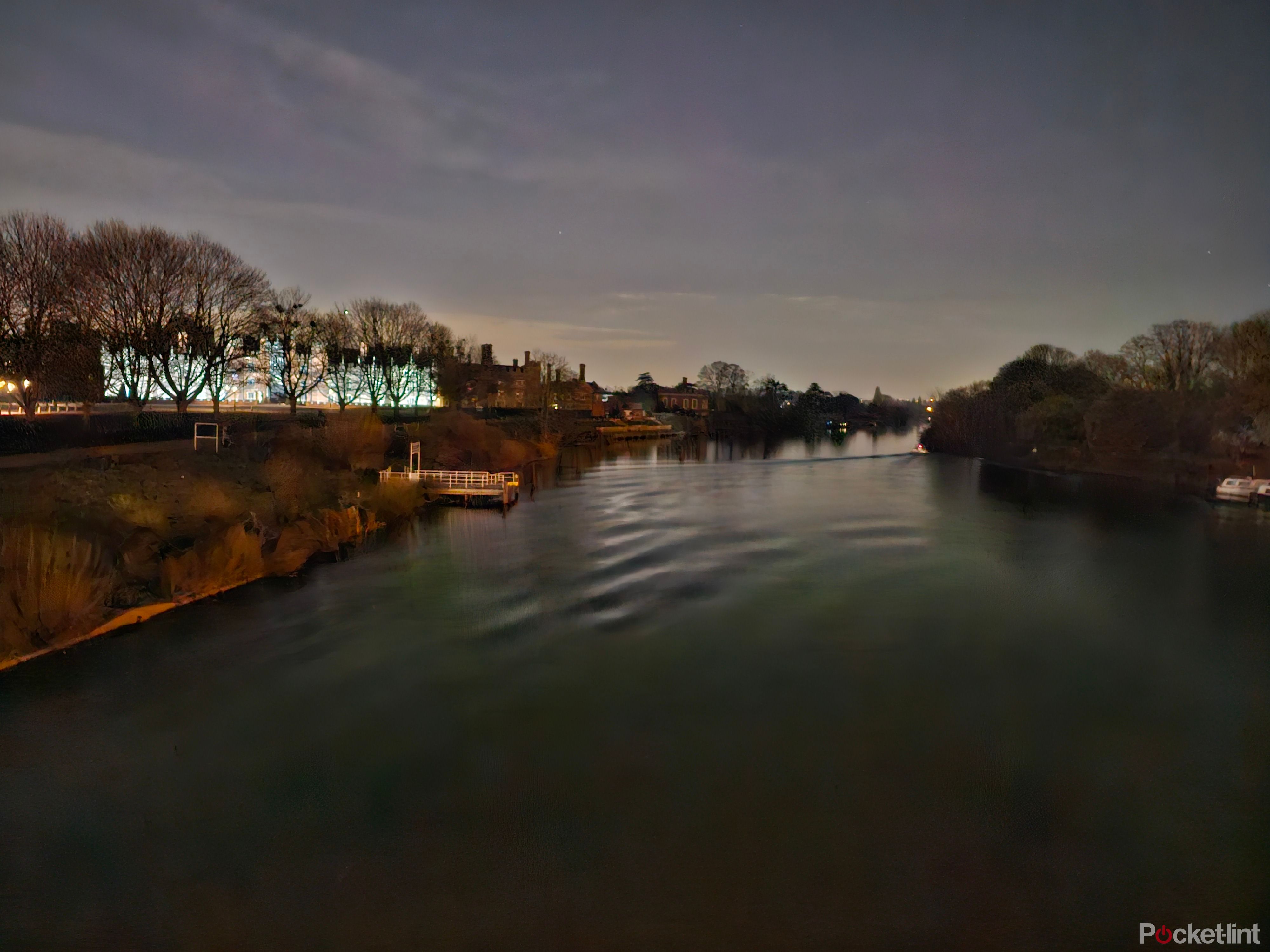
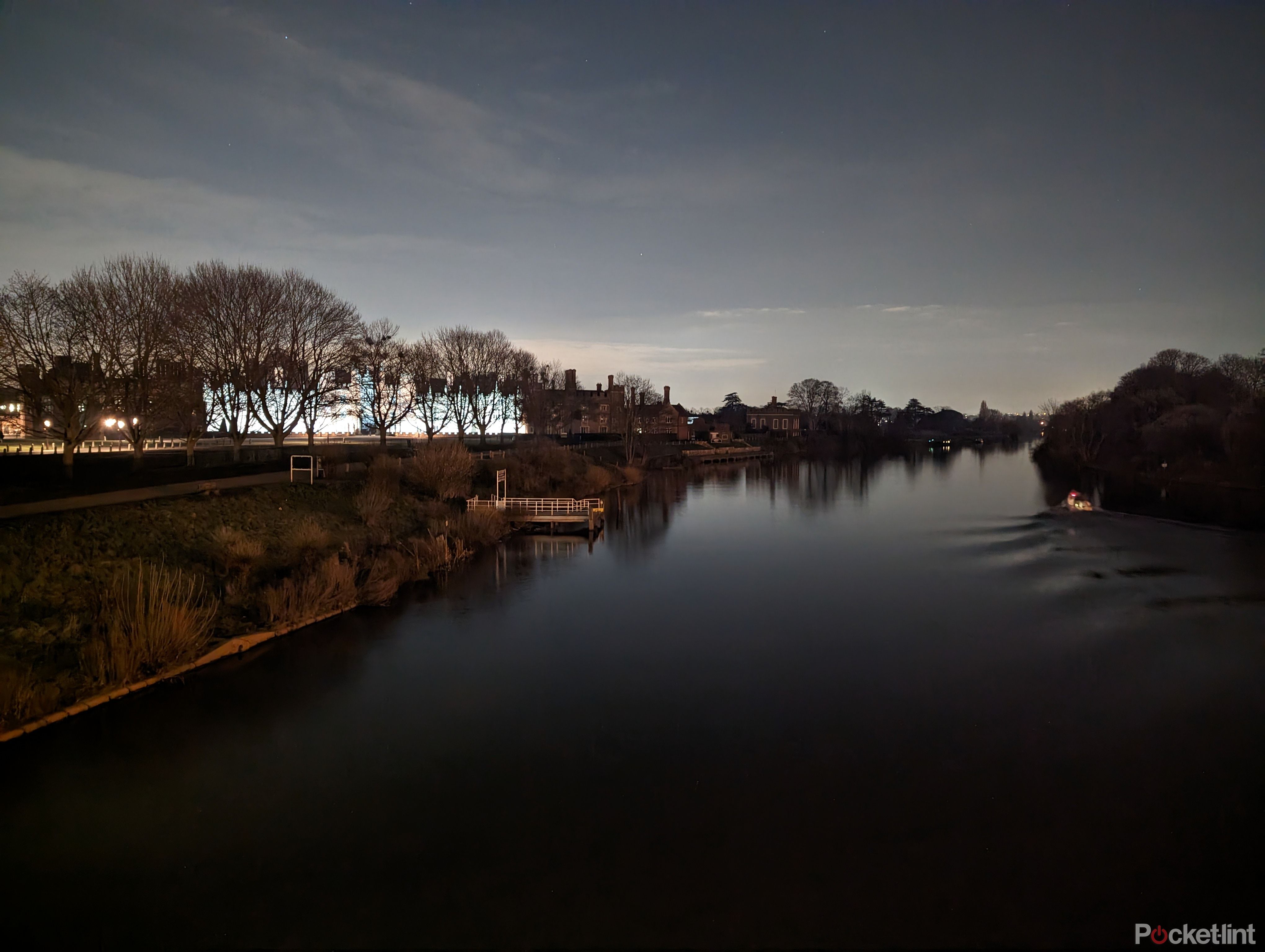
There's also a lot more detail in the Pixel image, the plant life on the riverbank is a lot more detailed but from the Samsung phone, it's mushy.
We'd be confident in saying that the Pixel produces better night photos than the Samsung phone.
But what about low light selfies? Samsung blends features
Google has always offered great low-light selfies, able to produce usable selfies when other phones give you a mess. But it limits what you can do as a selfie - there's no mixing of functions. That means you either have night mode on (which many will have on by default), or you have illumination - or both are turned off (which you definitely don't want).
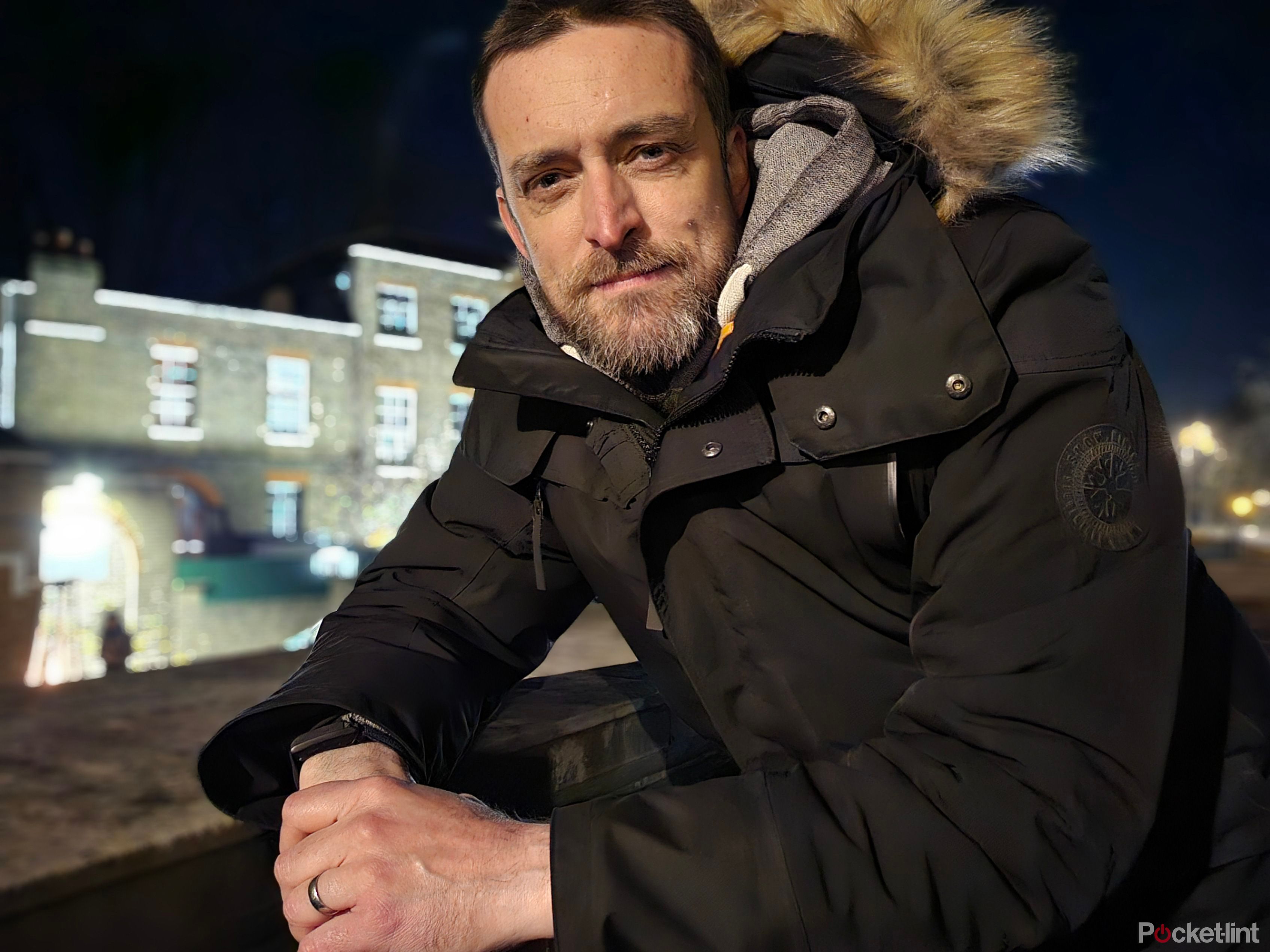

Samsung blends things a little better: that longer exposure is combined with illumination on the Galaxy S23 Ultra, so you get really easy images in low light (as long as there's no movement). This gives better results than the Pixel's low light, but the Pixel will give a great image with illumination if you choose that option. In the samples above (Samsung left, Google right), Samsung's illumination gives much better results in those low-light portrait than you get from the Pixel shooting on just night mode.
You can't use the self-timer with a night selfie on the Pixel 7 Pro. If you want self-timer, you can't use night mode, so you get a softer image that's not good. Samsung on the other hand will let you also use the self-timer, so you can frame a selfie further from the camera - and this works well.
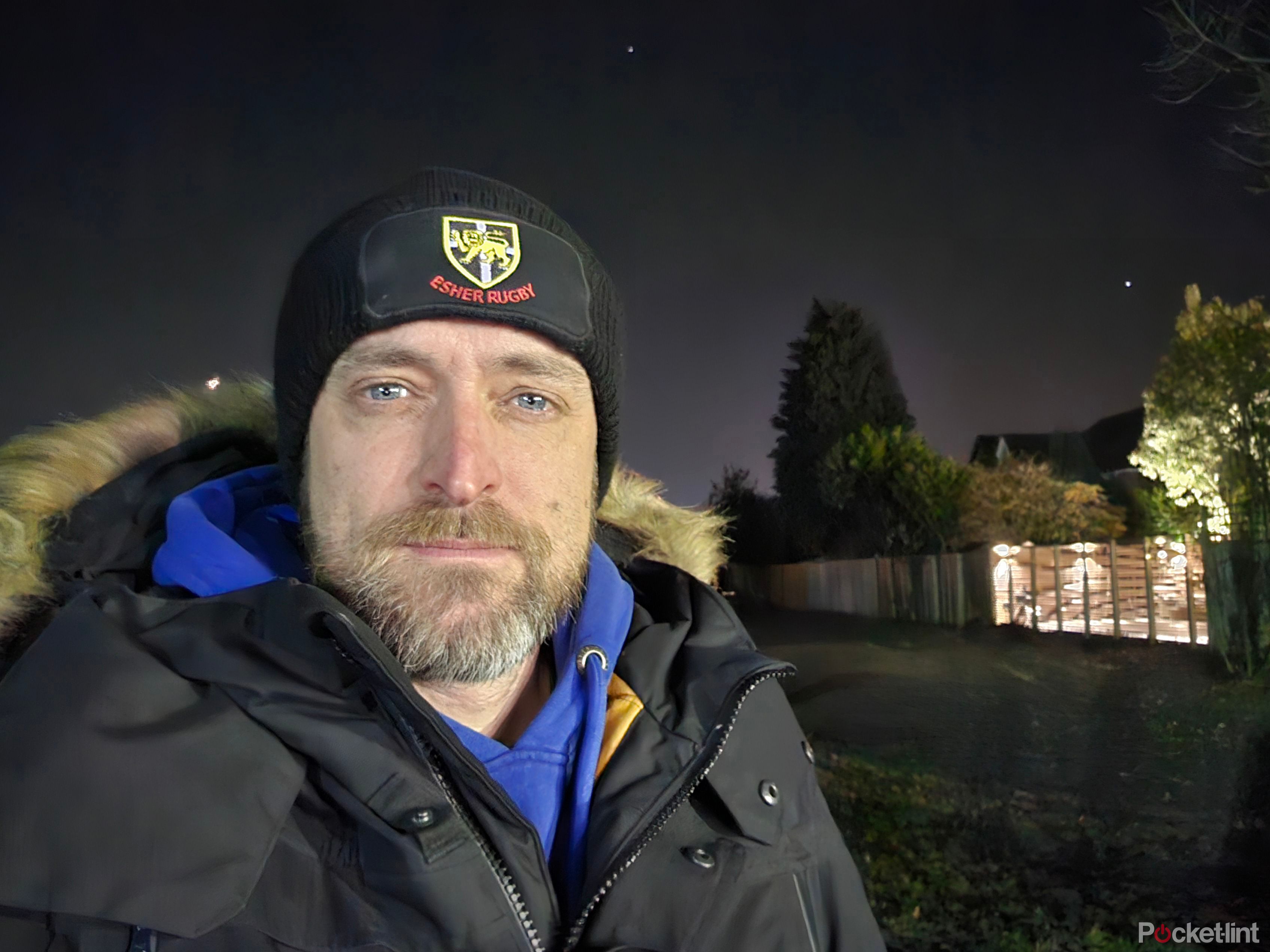
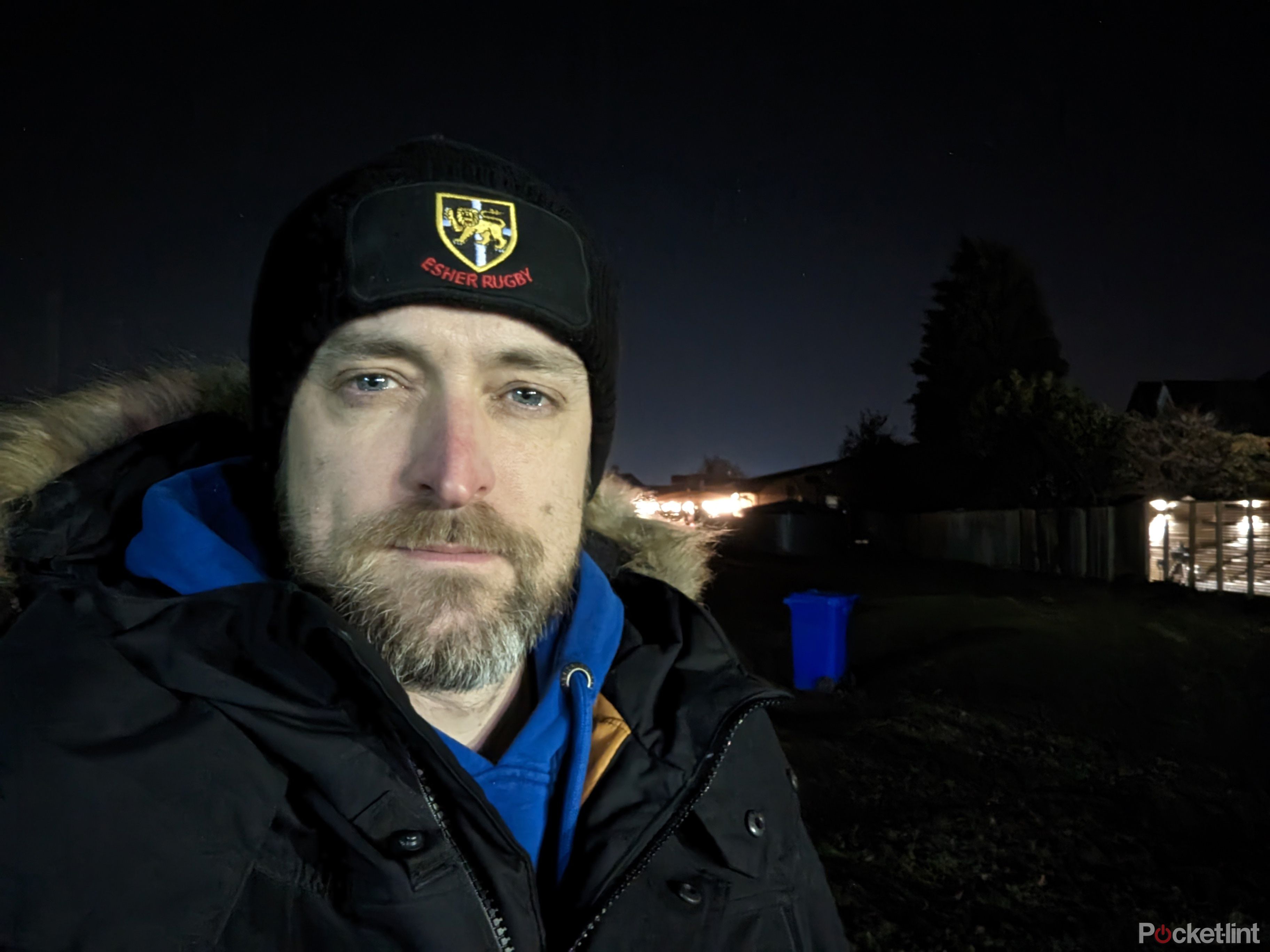
It's worth noting that Samsung has some face smoothing on by default - and the Pixel still produces more contrasty selfies in normal conditions which some might prefer - but in low light, Google feels slightly more limited what you can do. In daylight the performance is closer. The Pixel tends to be a little more contrasty, Samsung will produce saturated images again, so that can change the balance of some skin tones to be slightly more flushed - but generally, the performance on both is good. Samsung of course offers portrait video as well, which the Pixel doesn't, but there are other tricks the Pixel offers like motion blur and face de-blur.


Diving into zoom: Samsung has the advantage
The limitation that the Pixel has on telephoto comes from the hardware. There's a single periscope lens on the rear offering 5x zoom. It has a high-resolution sensor which Google attempts to use to its advantage and preserve detail while cropping. It's a hybrid solution, with Google using data from both lenses to cover the range from 2x-5x - and the results are really good through this cropped to hybrid to optical zoom range.
Google then offers digital zoom out to 30x.
Samsung on the other hand offers a 3x optical telephoto lens and a 10x optical telephoto lens. The advantage here is that when you hit that 10x point, Samsung is optical, whereas the Pixel is digital. To be fair to Google, the 10x performance is surprisingly good, but it's the performance beyond this where Samsung has a big advantage.
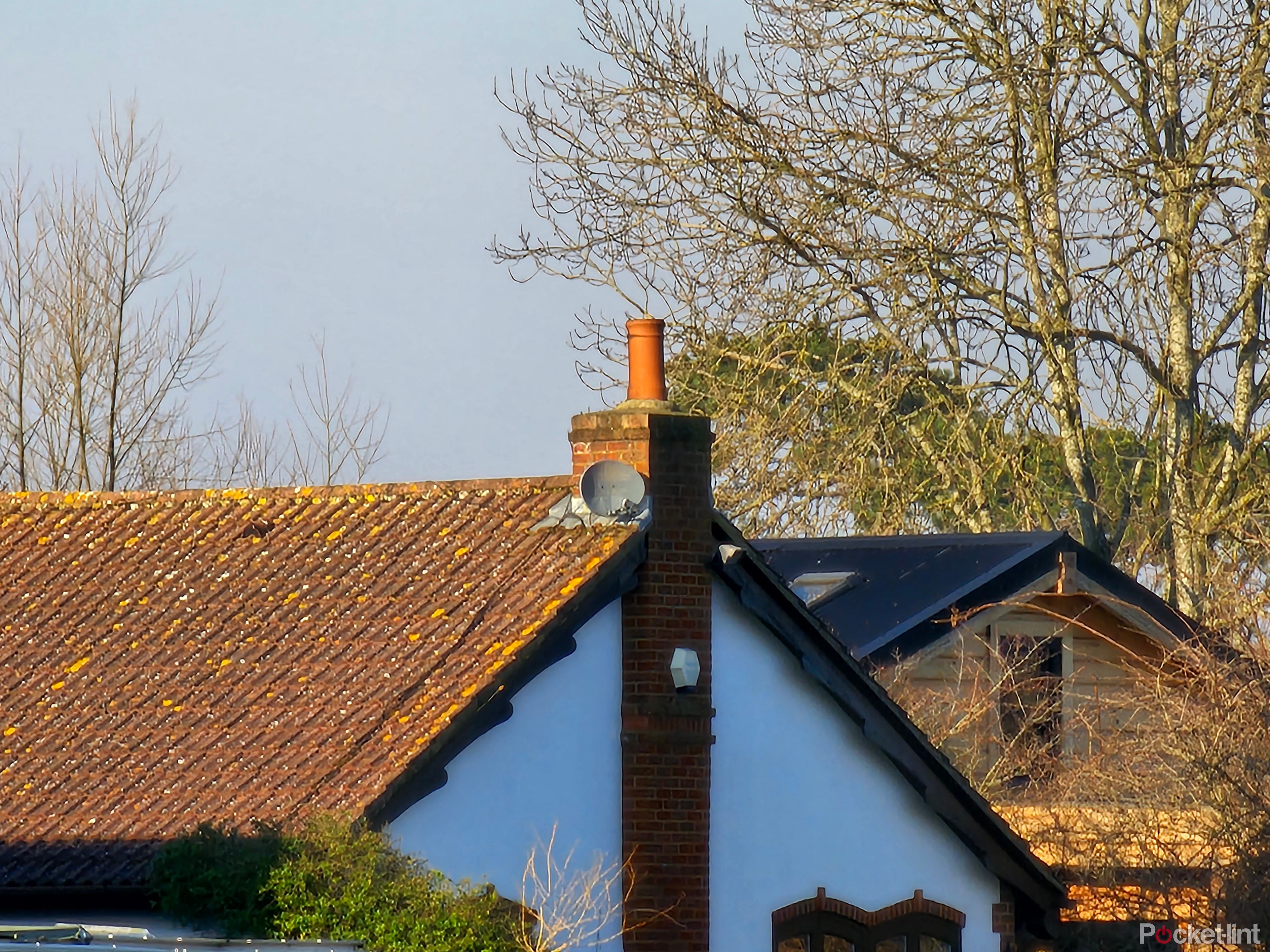
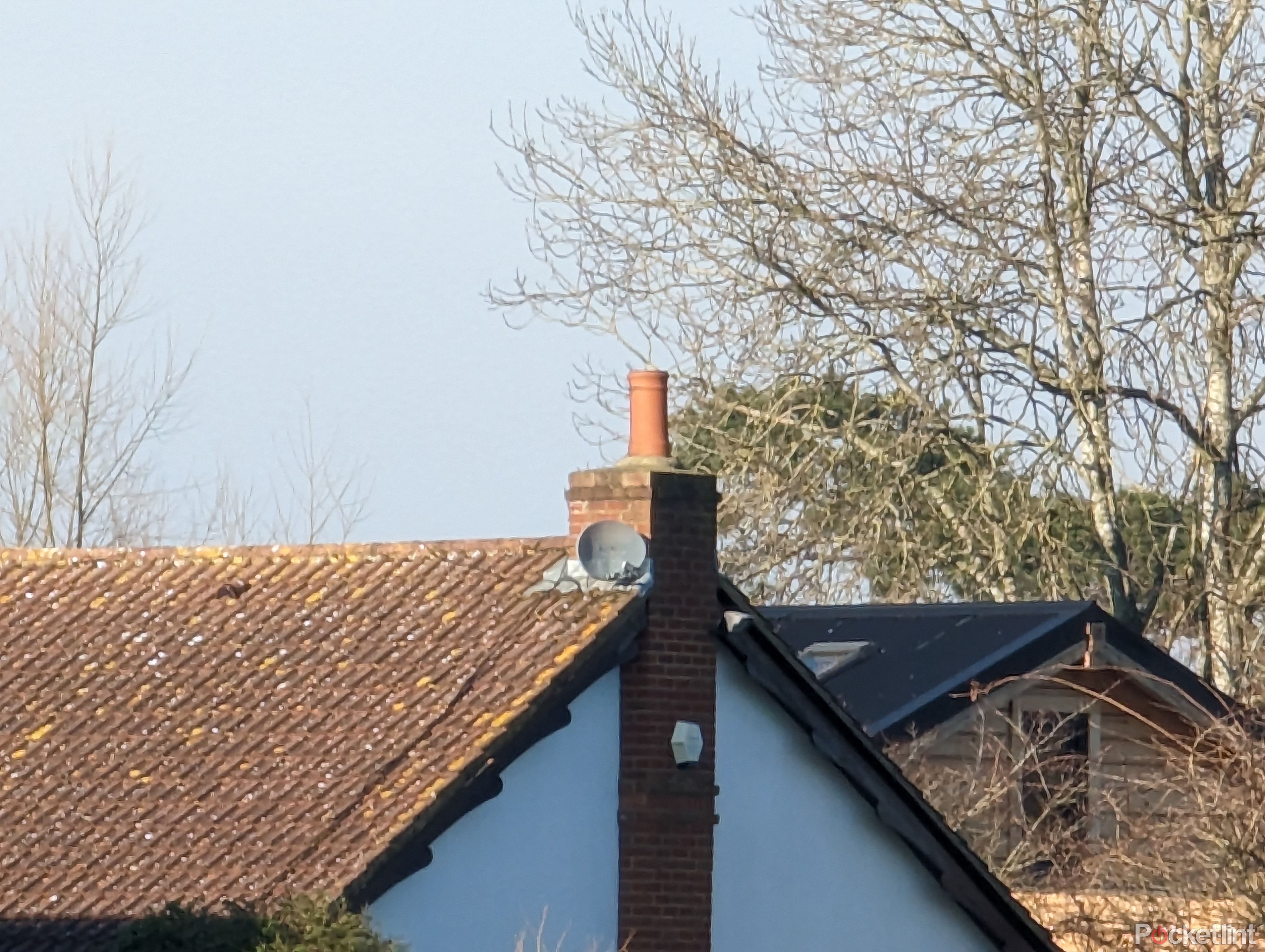
Comparing images out at 30x (Samsung left, Google right), which is the far end of the Pixel's digital zoom, Samsung is superior in colour, detail and sharpness, so a lot more useful - if you want long-range zoom that is.
That's the big difference here - and the big advantage that the S23 Ultra has over the regular S23 and S23+ models - that it offers a lot more zoom. You can run all the way out to 100x and while the results are often pretty poor, being able to catch this shot of the moon, unsupported, unedited, just straight out of the phone is pretty great. Yes, it could be sharper, but at least it's in focus, which many phones won't do.
Samsung doesn't just offer its optical lenses for zooming, however. It will also allow you to zoom when in 200MP mode. This is all digital zoom and it seems a strange option to have enabled. It only runs to 6x, but the quality is poor - many times worse than you'll get from the dedicated telephoto lenses, that we can't imagine why Samsung would let you use this option.
But returning to the pixel, the real question here is how much zoom you realistically think you'll use and how much you're prepared to pay for it. Samsung's zoom solution is great, there's no avoiding that, but it's also an expensive phone. If you've never felt the need to zoom through those mid ranges - we'd say around 10-30x is where the real advantage lies - then that provision just becomes an expensive feature, because the Pixel does put in a good showing for itself.
Summing up
There's no end of areas where we could compare these two phones and we've picked out several examples where we get interesting results from a difference in approach. Both of these phones have a great mixture of features, with multiple lenses presenting plenty of capture choices.
Google streamlines everything, it's designed as a point-and-shoot experience, with Google taking care of all the smart stuff in the background, so you get consistent results - and consistently good results. There are limitations, of course, and zoom is the biggest example alongside the Galaxy S23 Ultra, which is clearly better.
Samsung offers way more options and the existence of both a Pro Mode and an Expert RAW mode speak to this. Arguably, more options aren't always the best - you don't want to go digging for options, you want the camera to know what you're doing and deliver. That said, we like that you can access more options (like self timer for selfies), while those rich, saturated, images that Samsung produces look great especially on social media. If you want more control, it's Samsung that offers it.
But in many ways, the Pixel outperforms in daily shooting. It's better in low light, despite Samsung's efforts, while the daylight images are more realistic. There are lessons that Google could learn from the Samsung experience, but it still feels like Google's message around computational photography remains as strong as ever.

